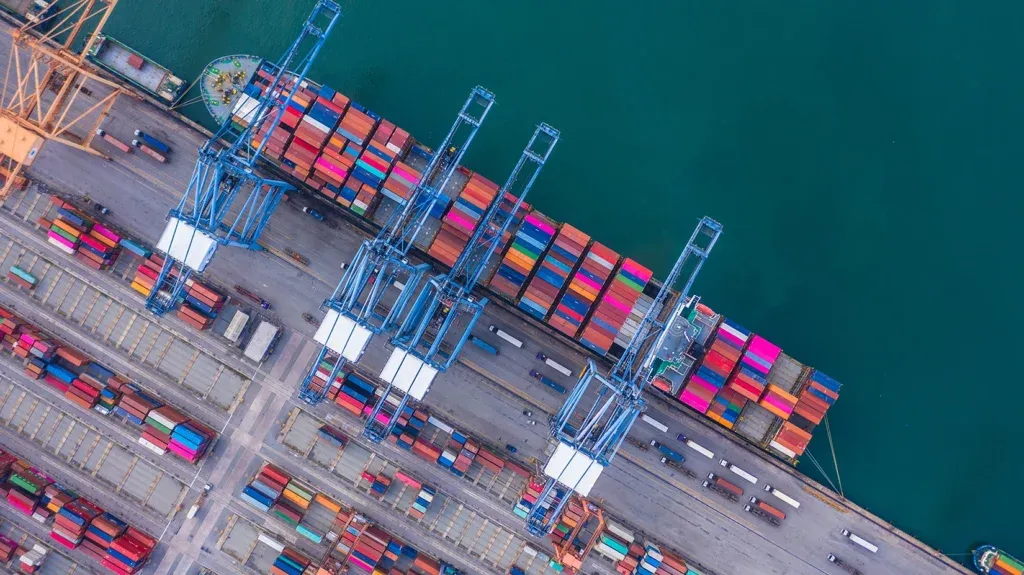Choosing Between Intermodal and Multimodal: A Shipper’s Guide

In today’s fast-paced global logistics environment, choosing the right mode of freight transportation can significantly impact your supply chain efficiency, costs, and flexibility. Two common transport methods—intermodal and multimodal shipping—are often confused due to their similarities. However, understanding the critical differences between the two can help shippers make more strategic decisions.
What Is Intermodal Shipping?
Intermodal shipping refers to the movement of goods using multiple modes of transportation (such as truck, rail, ship, or air), but under multiple contracts, where each carrier is responsible for a specific leg of the journey. The cargo remains in the same container throughout the trip, minimizing handling and reducing the risk of damage or loss.
Key Features of Intermodal Shipping:
- Multiple Carriers, one container. The goods stay in a single container, but a different carrier manages each leg of the journey.
- Carrier responsibility. Each transport provider is liable for their segment.
- Flexibility. Shippers can choose their preferred carriers for each mode.
- Cost transparency. Pricing is visible for each segment, allowing a better cost analysis.
When to Choose Intermodal
Intermodal is ideal when:
- You want more control over carrier selection.
- You’re shipping over long distances, especially when rail is more cost-effective.
- You’re prioritizing container integrity with minimal cargo handling.
- You need greater visibility and control over the entire transport chain.
What Is Multimodal Shipping?
Multimodal shipping also involves using multiple modes of transport. However, the key difference is that it operates under a single contract with one logistics provider who manages the entire shipping process from origin to destination.
Key Features of Multimodal Shipping:
- Single contract. One agreement governs the entire shipment process.
- End-to-end responsibility. The logistics provider handles all coordination and liability.
- Simplified communication. You deal with only one point of contact.
- Potential for faster turnaround. Streamlined planning may reduce transit times.
When to Choose Multimodal
Multimodal is a smart choice when:
- You prefer simplicity and delegated responsibility.
- You lack the resources to coordinate multiple carriers.
- You value speed and efficiency over cost transparency.
- You’re shipping through regions with complex logistics challenges.

Intermodal vs Multimodal: The Main Differences
While both intermodal and multimodal shipping involve using more than one mode of transport, the way they are managed and structured is fundamentally different. Intermodal shipping uses multiple contracts, with each carrier responsible for its specific segment of the journey. The cargo typically stays in the same container throughout, giving shippers more flexibility and control. On the other hand, multimodal shipping operates under a single contract with one logistics provider who manages the entire shipment from start to finish. This setup offers simplicity, streamlined communication, and a single point of accountability, but may reduce flexibility in choosing carriers or understanding the cost breakdown.
Key Differences at a Glance
- Contract Structure:
- Intermodal: Multiple contracts (one per carrier)
- Multimodal: Single contract (one provider)
- Container Handling:
- Intermodal: Goods stay in one container throughout
- Multimodal: May involve transferring cargo between containers
- Responsibility:
- Intermodal: Each carrier is responsible for their leg
- Multimodal: One provider oversees and is liable for the full journey
- Communication:
- Intermodal: Multiple points of contact (carrier-by-carrier)
- Multimodal: One single point of contact
- Flexibility:
- Intermodal: High–shippers can choose carriers for each mode
- Multimodal: Moderate – relies on the provider’s network
- Cost Transparency:
- Intermodal: Costs are visible for each leg
- Multimodal: Costs are bundled into one overall price
How to Choose the Right Option for Your Business
The best option depends on your shipping priorities, internal capabilities, and route complexities. Ask yourself:
- Do you have a logistics team capable of managing multiple carriers?
- Is cost breakdown and transparency important to your finance team?
- Are you shipping through routes with complex international requirements?
- Do you value simplified coordination over granular control?
In general:
- Choose intermodal if you want more control, visibility, and flexibility.
- Choose multimodal if you want convenience, simplicity, and faster logistics execution.
Conclusion
Understanding the differences between intermodal and multimodal shipping is more than semantics—it’s about choosing a logistics strategy that aligns with your business objectives. Each method offers unique advantages. Shippers can optimize their freight movement and achieve supply chain resilience by considering factors like control, complexity, cost, and communication.nd those who adapt will lead the next chapter of global trade.
